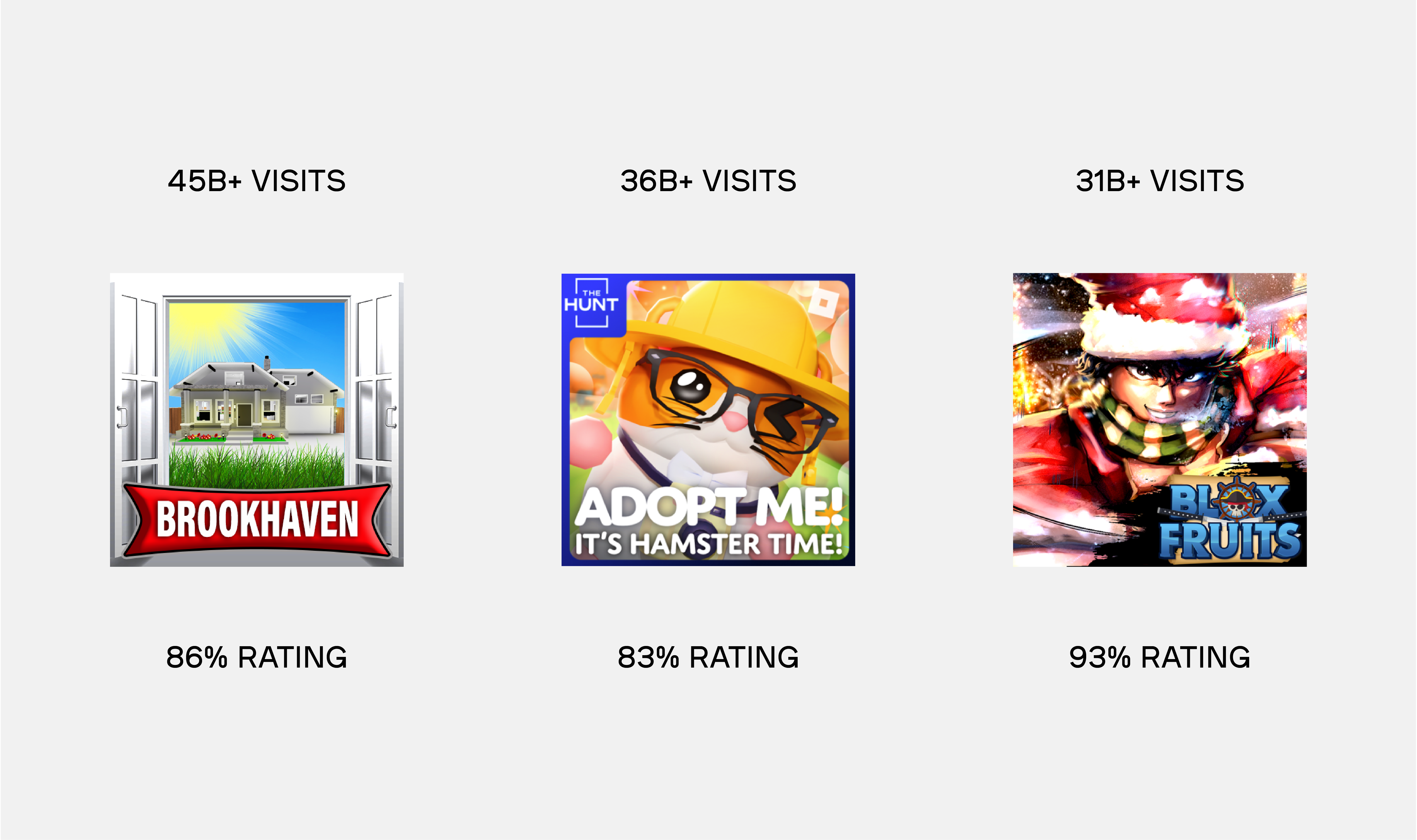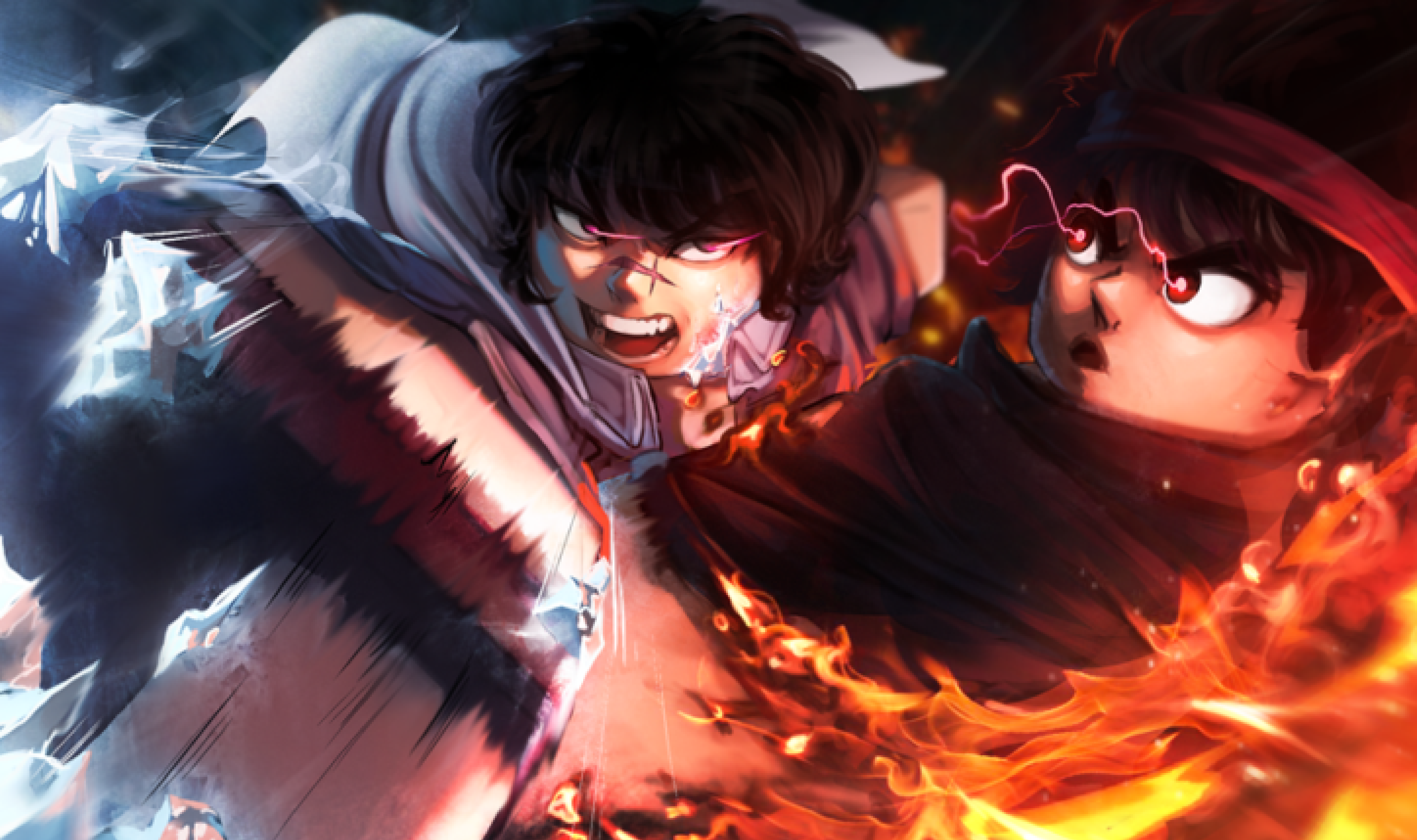In the vast expanse of the online gaming cosmos, Roblox shines as the brightest star. With its unique blend of user-generated content and immersive experiences, it has transcended the confines of a mere gaming platform to become an ecosystem where imagination flourishes and dreams take shape.
Roblox’s unparalleled success lies in its devotion to empowering users to design, build, and share their creations with millions of players worldwide. From developing simple items to complex immersive worlds, Roblox Studio provides an accessible toolkit that allows creators to breathe life into their visions. This emphasis on user-generated content fueled an explosion of creativity, leading to an outstanding diversity of gaming experiences that cater to every interest.
However, amidst an offering of over 40M creations, the challenge lies in making one's stand out. But what does it take to achieve fame within the Roblox community? Continue reading to explore the factors within a developer’s control, those beyond it, and understand how Roblox's most celebrated titles ascended to stardom.
The Path to Stardom in Roblox
To ascend to Roblox stardom, developers must recognize certain factors that lie within their reach without which a gaming experience can’t be successful on Roblox, let alone gain popularity. The most celebrated creations seamlessly blend the following essential pillars, into a seamless, unforgettable whole:
Engaging Gameplay Mechanics: Whether it’s an action-packed adventure, a simulation game, or a creative sandbox experience, the gameplay should be intuitive, interactive, and, most importantly, fun. Well-designed mechanics keep players hooked and encourage them to explore the gaming experience further.
Immersive Environment: A captivating environment that draws players in is essential in a gaming experience. This includes detailed and visually appealing worlds, immersive sound design, and atmospheric elements that enhance the overall ambiance. Whether it’s a sprawling fantasy realm, a bustling cityscape, or a serene natural landscape, the environment should feel alive and immersive.
Player Interaction and Social Features: A successful gaming experience encourages player interaction through multiplayer features, collaborative gameplay mechanics, and social hubs where players can connect with others. Whether it’s teaming up with friends to conquer challenges or engaging in friendly competition, social features add depth to the gaming experience.
Creative Concepts: Whether it’s a unique twist on a familiar genre or a completely innovative gameplay experience, originality goes a long way in capturing players’ attention. Developers who think outside the box and experiment with new ideas often create memorable gaming experiences that leave a lasting impression on players.
Regular Updates and Community Engagement: Developers who listen to player feedback, address issues promptly, and introduce new content keep the game fresh and exciting. Furthermore, fostering a strong sense of community through events, forums, and social media helps build a loyal player base and ensures the longevity of the gaming experience.
Accessibility and Inclusivity: An accessible gaming experience is easy to learn yet challenging to master, accommodating players of different skill levels and abilities. An inclusive creation fosters representation, with diverse characters and features that make all players feel welcome and represented.
Ethical Monetization: While monetization is an essential aspect of sustaining a creation’s development, it should be implemented in a way that enhances the player experience rather than detracts from it. Ethical monetization practices such as avatar customization, game passes, and in-game currency should offer value to players without creating pay-to-win scenarios or excluding non-paying users.
While these elements are undoubtedly crucial, a developer’s efforts should extend far beyond the realm of game development. To truly make a mark in this competitive landscape, developers must also master the art of marketing. This entails strategizing to offer free items and in-game rewards to attract new players; harnessing the power of social media by sharing updates, glimpses behind the scenes, and captivating content to foster anticipation and cultivate a vibrant community; collaborating with influencers who resonate with the game’s ethos and target audience to broaden its reach.
Nevertheless, there are external factors beyond a developer’s control that can sway an experience’s fate:
Market Trends: Often unpredictable, market trends can heavily influence the popularity of an experience. A creation that might have been popular at one time may not necessarily be as successful due to shifting interests or new trends in the gaming industry.
User Preferences: Developers can create engaging gameplay and content, but ultimately, the preferences of players are subjective and can vary widely. What appeals to one group of players may not necessarily appeal to another.
Competition: The gaming market is highly competitive, with new experiences constantly being released across various platforms. Even if a creation is well-made, it may struggle to stand out in a crowded market or face stiff competition from other titles.
Timing: The timing of an experience’s release can greatly impact its success. Factors such as the release of competing titles, major gaming events, or even external events like holidays can influence the attention a creation receives.
Platform Support and Promotion: Developers may not have complete control over the support and promotion their game receives from platform holders. Experiences that receive prominent featuring or marketing support from these platforms may have an advantage in reaching a larger audience.
Word-of-Mouth and Influencers: While developers can encourage positive word-of-mouth through marketing and community engagement, they can’t control how influential individuals or groups perceive and talk about their creations. Positive endorsements from influential figures or communities can significantly boost an experience’s popularity.
Luck: Sometimes, a certain level of luck is involved in success. Factors such as viral marketing, unexpected media coverage, or chance encounters with influential players can all contribute to an experience’s rise in popularity.
In navigating these elements, developers must wield a blend of skill, creativity, and adaptability to carve their path to stardom in Roblox.










